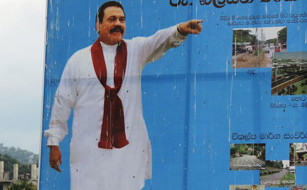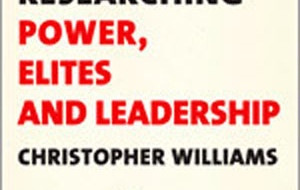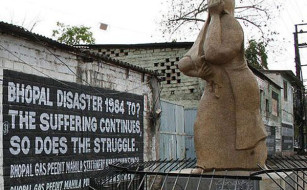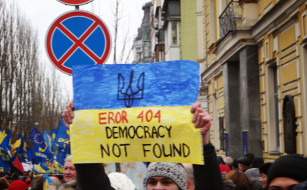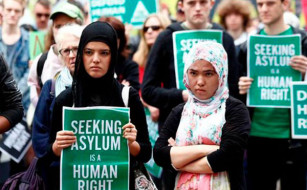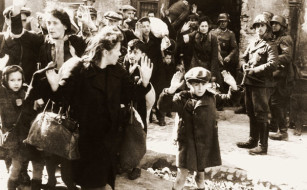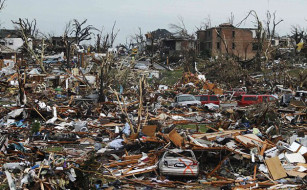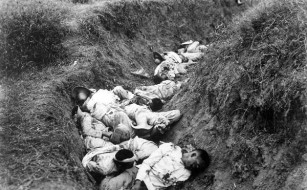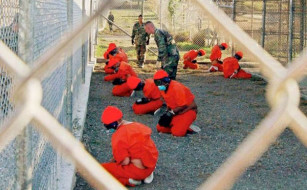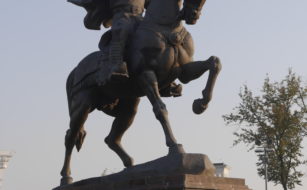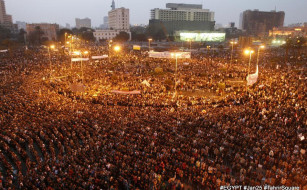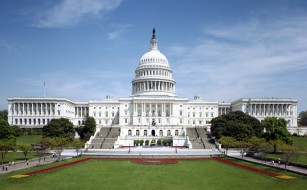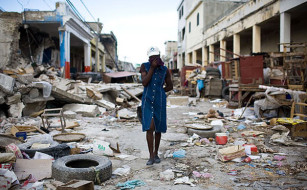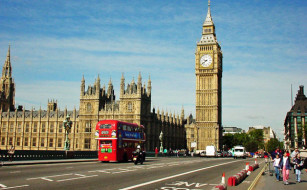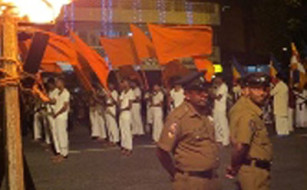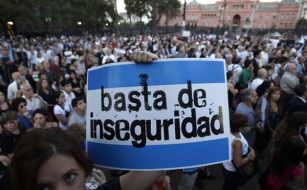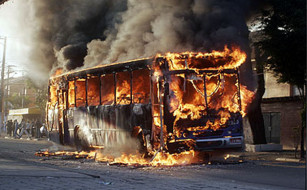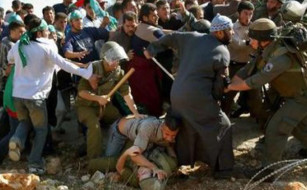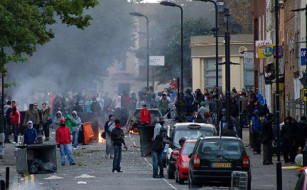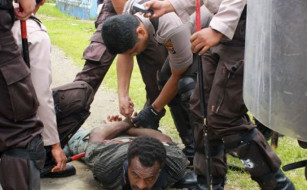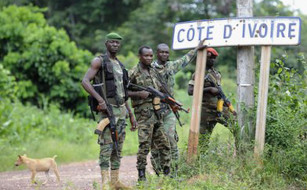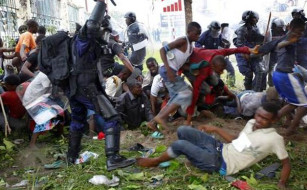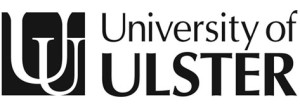A Critical Introduction to State-Corporate Crime
Up until the early nineteen nineties criminological research on the crimes of the powerful tended to be separated into two distinct sub-disciplinary genres: corporate crime and state crime (Kramer 1992: 214). For Ronald Kramer and Ray Michalowski this was a matter of concern. They believed that by dividing the research on the crimes of the powerful into these two separate criminological strands, scholars were obscuring the fact that states and corporations are functionally interdependent, consequently it is rare for the deviant actions of one to occur without some assistance (whether by commission or omission) from the other (Kramer et al 2002: 270; see also Aulette and Michalowski 1993: 173; Green and Ward 2004: 28; Whyte 2003: 579-80).
In order to remedy this problem, Kramer and Michalowski authored a series of papers in the early nineteen nineties which initiated a new criminological research agenda whose focus would be those illegal or socially injurious actions that resulted from one or more institutions of political governance [pursuing] a goal in direct cooperation with one or more institutions of economic production and distribution (Kramer and Michalowski 1991: 4; see also Kramer 1990: 1; Kramer et al 2002: 269). This criminological sub-genre was labeled state-corporate crime.
Over the next decade, scholars conducted a number of case studies on state-corporate crime. This has inspired important conceptual and theoretical innovations. First, a distinction has been drawn between state-facilitated corporate crime and state-initiated corporate crime. State-initiated corporate crime occurs when corporations, employed by the government, engage in organizational deviance at the direction of, or with the tacit approval of, the government (Kramer et al 2002: 271). State-facilitated corporate crime, on the other hand, occurs when government regulatory institutions fail to restrain deviant business activities, either because of direct collusion between business and government or because they adhere to shared goals whose attainment would be hampered by aggressive regulation (Kramer et al 2002: 271-72).
However, it has yet to be acknowledged in the literature, that state-corporate crime studies also captures state crimes which have been either initiated or facilitated by corporations. Corporate-initiated state crime occurs when corporations directly employ their economic power to coerce states into taking deviant actions. Corporate-facilitated state crime, on the other hand, occurs when corporations either provide the means for states criminality (e.g. weapons sales), or when they fail to alert the domestic/international community to the states criminality, because these deviant practices directly/indirectly benefit the corporation concerned.
On the theoretical front, one of the most important achievements thus far is Kramer et als (2002) integrated theoretical model of state-corporate crime. This model is based on the proposition that criminal or deviant behavior at the organizational level results from a coincidence of pressure for goal attainment, availability and perceived attractiveness of illegitimate means, and an absence of effective social control (Kramer et al 2002: 274). The authors argue that these catalysts for action, synthesise across the environmental, organisational and interactional levels to produce criminal events. Kramer et als model has been subjected to a number of criticisms.
For example, Mullins and Rothe (2007) argue that Kramer et als model must be modified to acknowledge and distinguish other social dimensions instrumental to the crimes of the powerful. They claim that the international sphere is a real and important layer of social reality, that can both facilitate and inhibit state criminality, a fact which must be registered (Mullins and Rothe 2007: 138). Additionally, Mullins and Rothe also assert that it is important to clearly differentiate constraints from social controls. A constraint, they note, differs from a control in that a constraint acts as an inhibitor or barrier that occurs at the onset of or during an illegal action (Mullins and Rothe 2007: 139).
Lasslett (2010) has also subjected Kramer et als model to critical scrutiny. While he acknowledges that this integrated theoretical model acts as a useful topography which helps orient criminologists to the particular social realities that are of special significance for those trying to make sense of state-corporate crime, nevertheless, he also argues that such topographies only help to identify specific forms and exchanges that are of a particularly criminogenic character. They do not help us to understand the substantive social forces that inform these immediately perceived realities. Lasslett, therefore, claims that if we are to capture and define these substantive forces we require a method and a body of theory that can discern the social relationships and processes which structure everyday social interaction; relations and processes that are not immediately obvious. In this respect, Lasslett claims that classical Marxism is a useful scientific vantage point from which to approach state-corporate crime.
While the subject of numerous case studies and theoretical debates, state-corporate crime as a criminological focus remains in its infancy. Nevertheless, given the interdependent nature of state and corporate power, elite deviance of any variety will more often than not touch upon this criminological focus, thus it constitutes an important avenue for future social research.
Bibliography
Aulette, J. R. and Michalowski, R. (1993) Fire in Hamlet: A Case Study of State-Corporate Crime, in Tunnell K. D. (ed.) Political Crime in Contemporary America: a Critical Approach, London: Garland Publishing Incorporated.
Green, P. and Ward, T. (2004) State Crime: Governments, Violence and Corruption, London: Pluto Press.
Kramer, R. C. (1990) From White-Collar to State-Corporate Crime, Conference Paper, North Central Sociological Association, Louisville, Kentucky, 22 March 1990.
Kramer, R. C. (1992) The Space Shuttle Challenger Explosion, in Schlegel, K. and Weisburd, D. (eds.) White Collar Crime Reconsidered, Boston: North East University Press.
Kramer, R. C. and Michalowski, R. J. (1991) State-Corporate Crime, prepared for American Society of Criminology Meeting, Baltimore, Maryland, 7-12 November 1990, revised: September 1991.
Kramer, R. C., Michalowski, R. J. and Kauzlarich, D. (2002) The Origins and Development of the Concept and Theory of State-Corporate Crime, Crime & Delinquency, 48(2), 263282.
Lasslett, K. (2010), Scientific Method and the Crimes of the Powerful, Critical Criminology, (iFirst).
Mullins, C. W. and Rothe, D. L. (2007) The Forgotten Ones: The Darfuri Genocide, Critical Criminology, 15, 135158.




